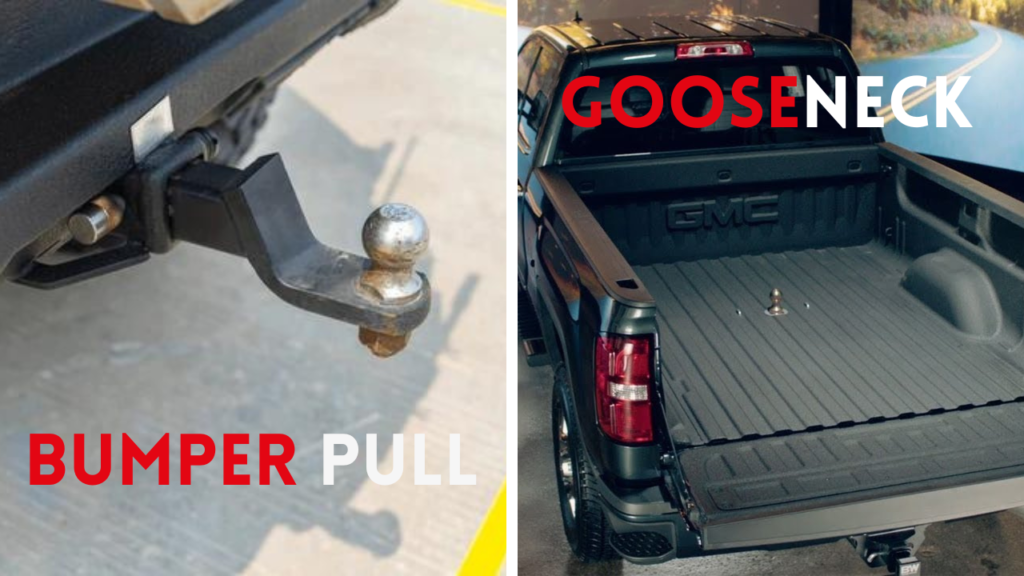When it comes to choosing the right trailer for your hauling needs, understanding the differences between bumper pull and gooseneck trailers is crucial. These two types of trailers are popular choices for transporting everything from livestock to construction materials. In this blog post, we’ll delve into the key distinctions between bumper pull and gooseneck trailers to help you make an informed decision.
Hitch Placement
The primary distinction between these two types of trailers lies in the hitch placement. A bumper pull trailer, as the name suggests, is connected to the towing vehicle by a hitch located at the rear bumper. On the other hand, a gooseneck trailer connects to a hitch in the bed of the towing vehicle, just in front of the rear axle. This difference in hitch placement has implications for stability, weight distribution, and maneuverability.
Towing Capacity
One of the key factors to consider when choosing between a bumper pull and a gooseneck trailer is towing capacity. Gooseneck trailers typically have a higher towing capacity compared to bumper pull trailers. This is because the gooseneck hitch design allows for a more stable connection between the trailer and the towing vehicle, enabling it to handle heavier loads without compromising safety.
Stability and Maneuverability
The hitch placement also affects the stability and maneuverability of the trailer. Gooseneck trailers, with their hitch positioned over the rear axle, offer better stability. This improved stability translates to smoother towing, especially at high speeds or in challenging road conditions. Additionally, gooseneck trailers are known for their enhanced maneuverability, making them a preferred choice for drivers who need to navigate tight spaces or make sharp turns.
Size and Design
Bumper pull trailers are generally smaller and more compact than gooseneck trailers. This makes them a popular choice for those who prioritize easy storage and maneuverability. Gooseneck trailers, with their larger size and heavier construction, are better suited for hauling substantial loads over longer distances.
Cost Considerations
Cost is another factor to consider when deciding between a bumper pull and a gooseneck trailer. Bumper pull trailers are often more affordable upfront, and they can be towed using a wide range of vehicles, including SUVs and trucks. Gooseneck trailers, with their higher towing capacity and specialized hitch requirements, may require a more substantial investment in both the trailer and the towing vehicle.
Conclusion
In summary, the choice between a bumper pull and a gooseneck trailer depends on your specific hauling needs, preferences, and budget. Bumper pull trailers offer affordability and versatility, while gooseneck trailers provide superior towing capacity, stability, and maneuverability. Understanding these key differences will empower you to make an informed decision and ensure that your trailer meets your requirements for years to come.

